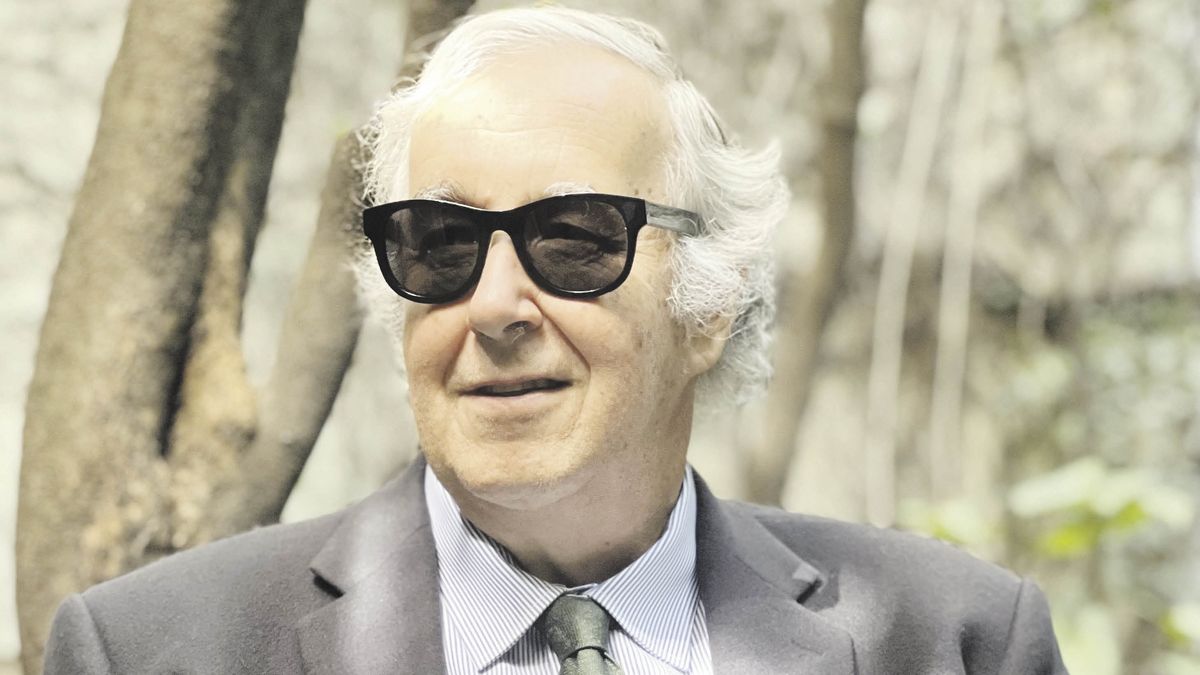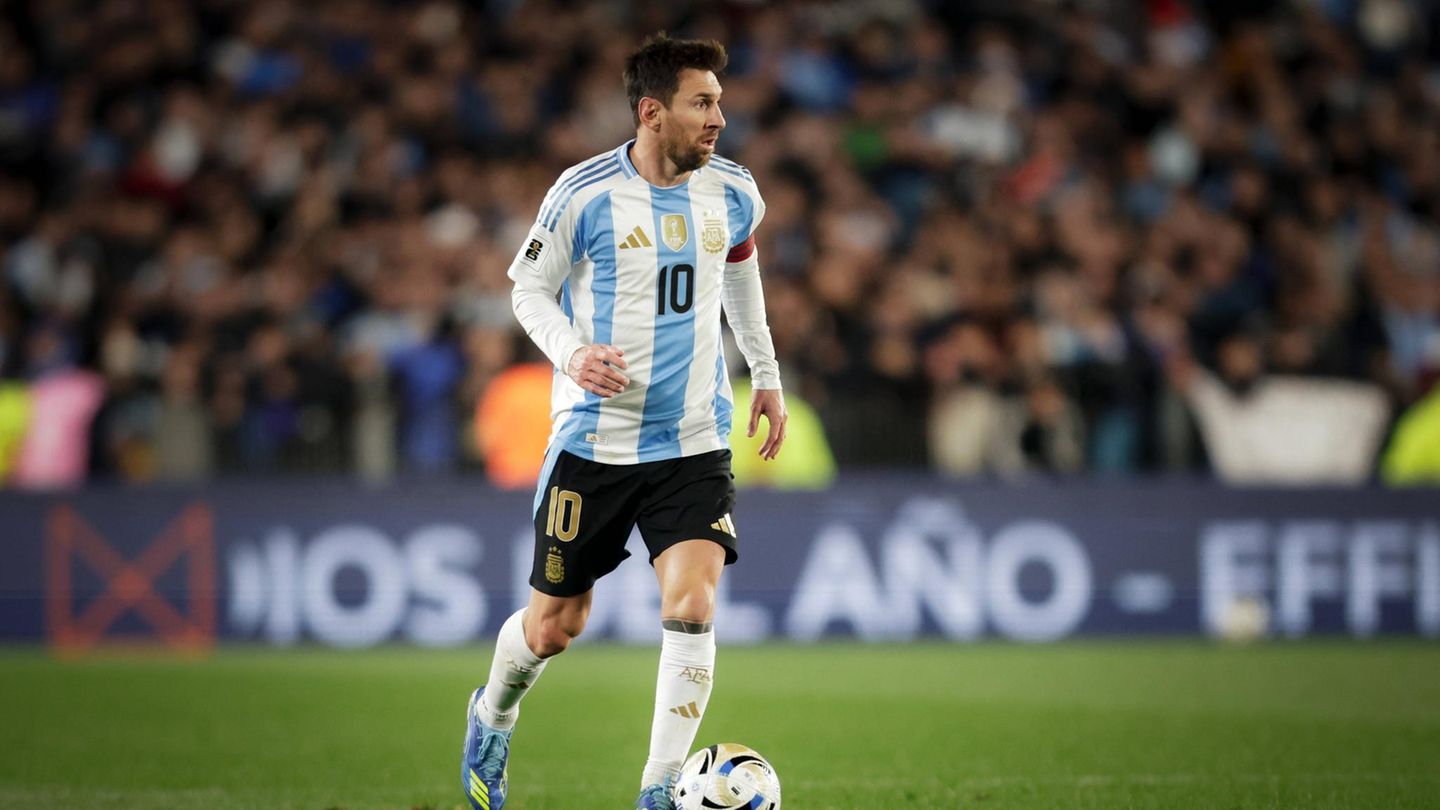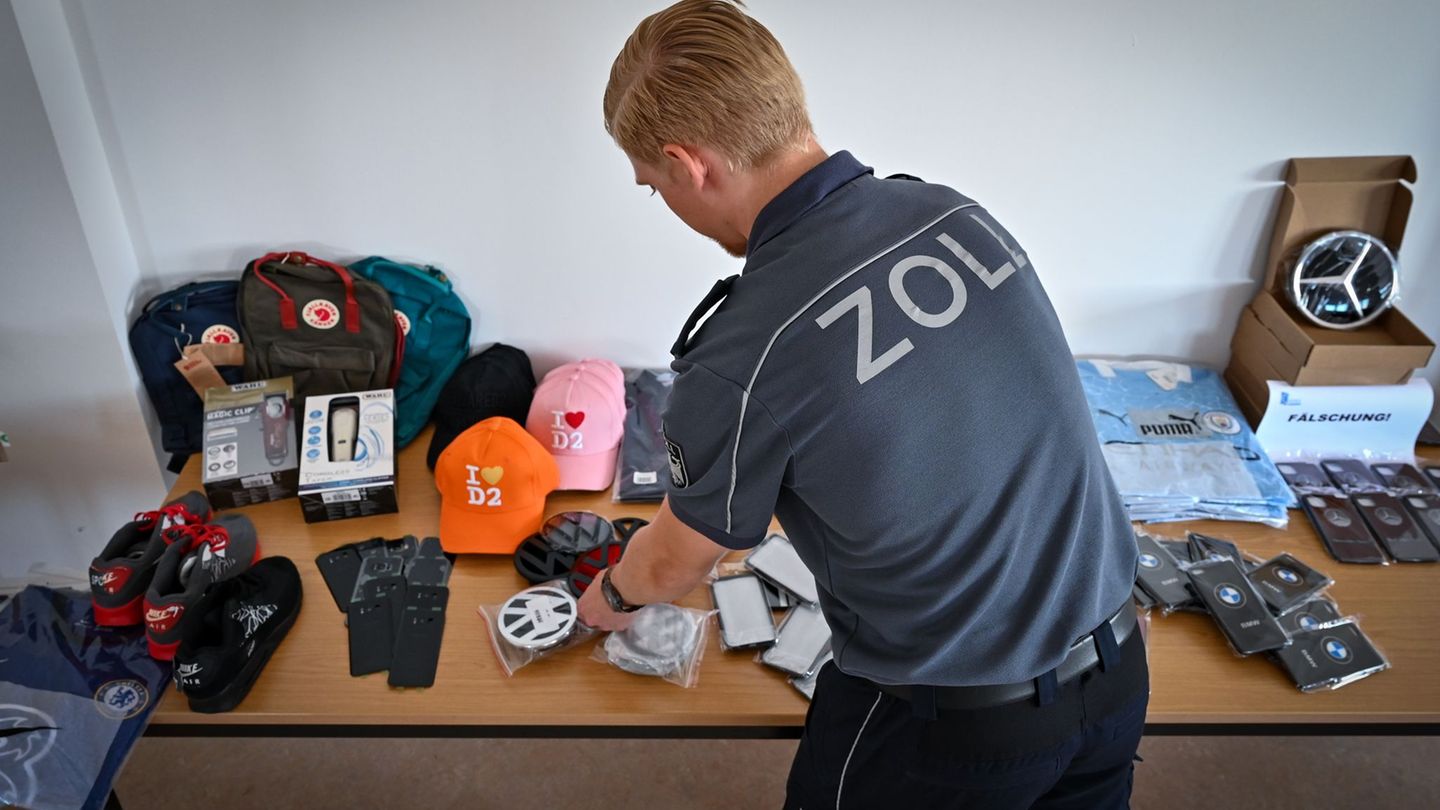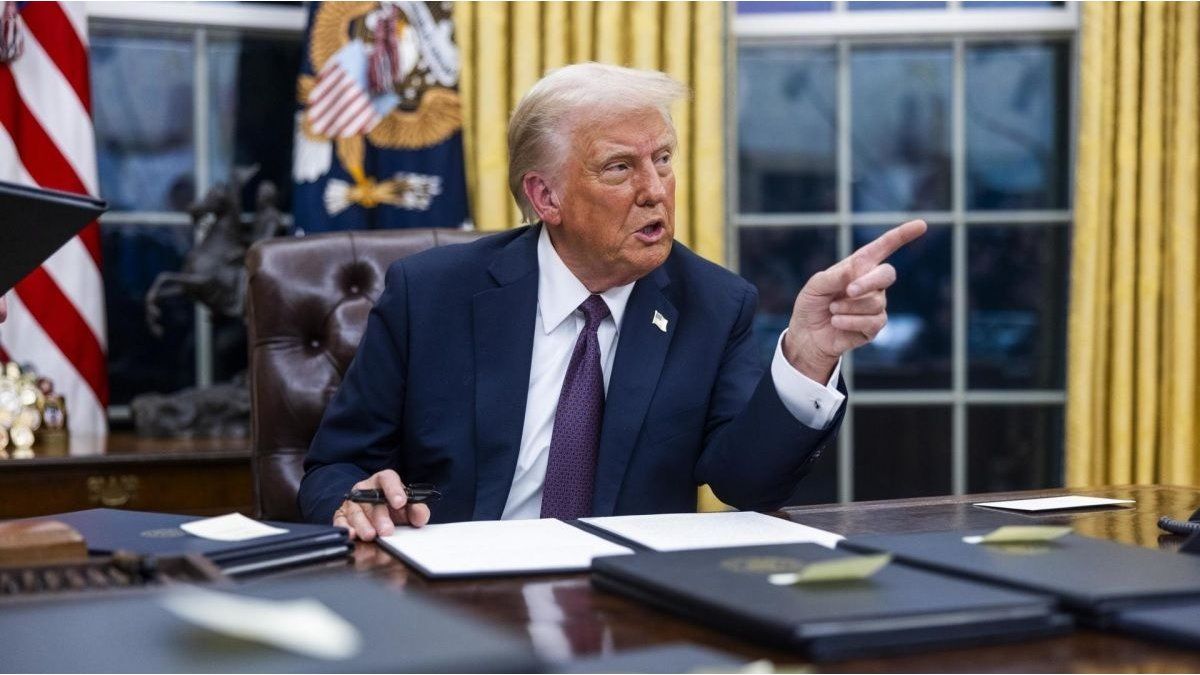Ricardo Preve: I am an agricultural engineer and I have a master’s degree in forestry, a profession that I have not completely abandoned. It so happens that in 2001 the US forestry company for which he worked decided to leave the country. Just then, a chance chat with my friend Fernando Spiner, who was making his sci-fi comedy “Adiós, querida Luna”, allowed me to enter the world of cinema. I was the producer of that work, “Mondovino”, which came to Cannes, and “Tango, a strange turn”, by Mercedes García Guevara. In 2005 I went on to direct “Chagas, a hidden evil”. This disease was already reaching the United States, and I hoped that if they became aware there, perhaps the search for a definitive remedy could be accelerated.
Q.: What impact did that work have?
PR: Today in the US, donated blood and organs are tested, and associations for chagasic patients have been created in various countries. I want to suppose that we made a small contribution with our work, and with “Chagas, a silent killer”, which I directed in 2013 at the request of Al Jazeera English.
Q.: You also did “Coming Home”, about the body of an Italian soldier who was left on an island in the Red Sea during the war, and was repatriated 78 years later.
A.Q: While filming that film, the Sudanese archaeologists told me about “a Franco-Argentine mission” that from 1961 to 1963 rescued treasures and archaeological pieces about to be buried under the waters of the Aswan dam. I thought they were wrong, that it would be a Franco-Algerian mission, and then I felt ashamed, realizing that they were right, and that they highly valued an Argentine unknown to us.
Q.: Tell me about that man.
PR: Abraham Rosenvasser was a great figure in Argentine culture and science. Born in extreme poverty on the outskirts of Carlos Casares, in a home of Jewish gauchos, he went to school on horseback with his siblings, continued studying, graduated simultaneously as a lawyer and a history professor at the UBA, he was a close friend of Sabato , from Borges, who visited him frequently to talk about poetry, and from Mujica Láinez, who proposed him as a member of the Argentine Academy of Letters (and was accepted), he became dean of the Faculty of Humanities of the National University of La Silver, and world eminence in terms of Egyptology.
Q.: How is that history of the papyrus that he deciphered without previous studies?
PR: Ezequiel Martínez Estrada told him about its existence. He, who had a great capacity for languages, dedicated himself to studying it until he deciphered it. It was a fragment of the history of Sinuhé. The result was published in archeology journals around the world. Then came the Unesco proposal to investigate in the north of Sudan, the famous region of Nubia, and thus the Franco-Argentine expedition of 1961 was put together, which in the following years was only Argentine, recovering part of the temple of Aksha and other archaeological treasures. His wife and his daughter accompanied him on this adventure.
Q.: The daughter tells unique anecdotes in the film, because they also had to cook for the whole team.
PR: She, Elsa Rosenwasser de Feher, Ph.D. in physics, was living in California when I contacted her for this film. She participated with great enthusiasm, she allowed me access to letters, photos, filming, documents, contacts. She also strongly supported the operations of the Museo de La Plata with funds for its maintenance, and had other cultural projects underway in Argentina. She unfortunately, she died
last year, in september.
Q.: You mentioned the Silver Museum. What do you think Rosenwasser would say if he could see him today?
PR: I would be proud. This Museum is a cultural, artistic and architectural treasure of our country, which often does not receive the financial support it deserves, but still manages to carry out its scientific and educational objectives, thanks to the people who work there.
Q.: And the Khartoum Museum (or Khartoum, as we said before), where, logically, the most valuable findings of the expedition were left?
PR: He has a very impressive collection of pieces, and in my film we see the love they have for him, there is Dr. Hatim Elnour, general manager of Sudan Museums and Antiquities, who has visited him since he was a child. But the political instability and the difficult economic situation of the country attempt against a sufficient maintenance, and an adequate cultural activity. Some 500 ethnic groups live there, often in conflict, but I would say that, luckily, the fans are few. For work reasons I know almost all the countries of North Africa and East Africa well, and it is an area in which I feel comfortable.
Q.: What support has INCAA given to your film?
PR: My contacts with INCAA have always been very cordial but I don’t have much of a relationship, mainly because I get financing abroad. I am now making a documentary about the Latin American immigrants who are coming to Charlottesville, Virginia, where I live. It will be called “Senderos”, and I hope to finish it in the middle of the year.
Source: Ambito
I am an author and journalist who has worked in the entertainment industry for over a decade. I currently work as a news editor at a major news website, and my focus is on covering the latest trends in entertainment. I also write occasional pieces for other outlets, and have authored two books about the entertainment industry.




